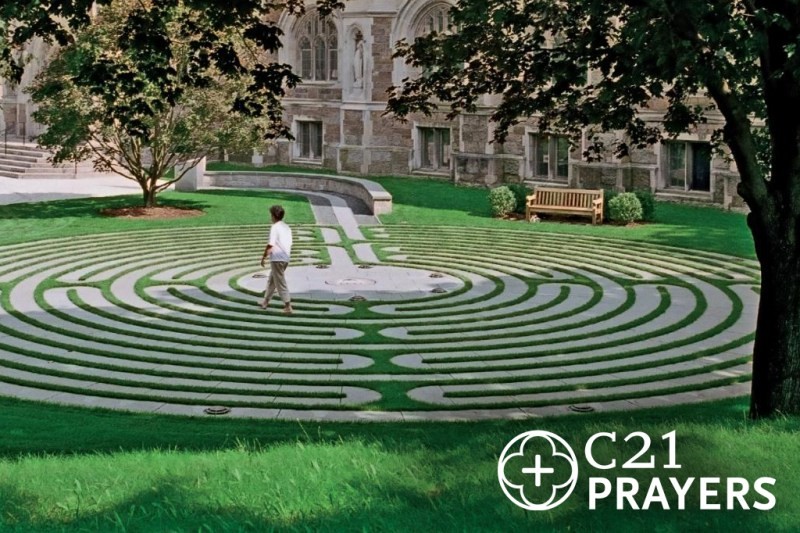
Who could have predicted twenty-five years ago, when three Trappist monks from a monastery in Massachusetts introduced contemplative prayer to a group of “non-contemplatives,” that its popularity would grow so dramatically? Today, thousands of believers from a variety of Christian denominations in every state and in dozens of countries practice contemplative prayer daily. In addition, an international network of dedicated volunteers teach it around the world.
These monks dreamed of taking the church’s rich, centuries-old tradition of contemplative prayer and distilling it into a simple, easily learned prayer that ordinary people could practice. They believed that the daily practice of this prayer could lead to a more intimate union with God and a more powerful experience of God’s presence in our lives. This active presence heals, transforms, and offers freedom and peace. Today, many Christians throughout the world are deeply committed to the daily practice called “centering prayer,” which they experience as a cornerstone of their lives.
What is Centering Prayer?
Centering prayer is a remarkably simple method that opens one to God’s gift of contemplative prayer. Its practice expands one’s receptivity to the presence and activity of God in one’s life. It is a distillation of the practice of monastic spirituality into two relatively short periods of prayer each day.
The experience of thousands of practitioners has convinced most centering prayer teachers that two periods a day of twenty to thirty minutes each are necessary to enable the believer to benefit fully from the practice. At the start of a session, the practitioner has the intention to rest deeply in God in silence and to let go of the thoughts, emotions, memories, images, or sensations that will inevitably come into awareness during prayer. The fundamental dynamic of centering prayer is not to stop thinking or to combat thoughts as they arise, but rather to let them go gently so they can pass through one’s awareness. Thus the believer can return with his or her whole being to an awareness of God.
The Fruits of Centering Prayer
A growing body of literature describes the benefits of practicing centering prayer. Since the principal arena for living a spiritual life is not prayer but rather everyday life, the benefits of centering prayer reveal themselves not during periods of prayer, but over time in the way we live our lives.
The essence of centering prayer is consent to the presence and activity of God in one’s life. In response to our intention to become more deeply united with the divine presence, God acts within us to transform us, making us more like Christ. One’s intimacy with God deepens and one’s awareness of that intimacy expands.
Those who regularly practice centering prayer have identified its many benefits. These include: greater access to God’s won wisdom and energy; a significant increase in creativity; a decrease in compulsive behavior; a reduction of painful emotions and negative thoughts and greater freedom to respond positively to them when they do arise; a greater ability to accept difficult situations with peace and joy; an expanded capacity to accept others on their own terms without judging them or desiring them to change; an ability to love others more selflessly; and a greater awareness of the presence of God in every person and situation we encounter.
Leaders of Contemplative Outreach (www.centeringprayer.com), an organization dedicated to the practice of centering prayer, predict that this prayer form will continue to grow because it is a simple, effective, and powerful way to access a deeper relationship with God and because it addresses a hunger within the hearts and souls of individuals who long for peace and a deep experience of God in a fast-paced, impersonal, competitive, and often hostile world.
Four Simple Steps to Practice Centering Prayer
- Choose a sacred word as the symbol of your intention to consent to God’s presence and action within
- Sitting comfortably with eyes closed, settle briefly and silently and introduce the sacred word as the symbol of your consent to God’s present and action within.
- When you become aware of thoughts, return ever so gently to the sacred word.
- At the end of the prayer period, remain in silence with eyes closed for a couple of minutes.
WRITTEN BY: Joseph G. Sandman—from the book, “Catholic Spiritual Practices”


